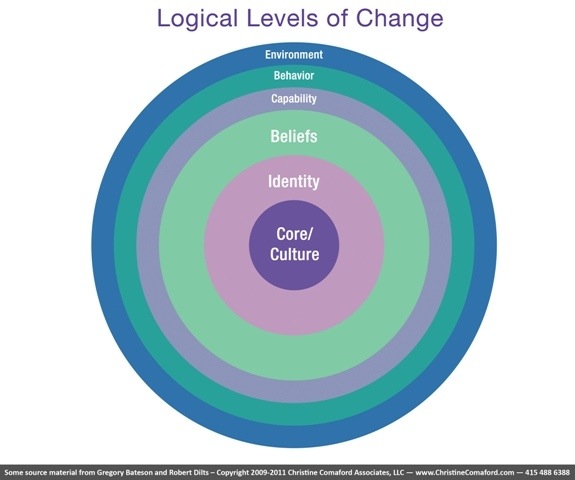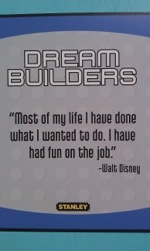Change is inevitable. Growth is optional.
– John C. Maxwell
Although snow is still on the ground here in Central Wisconsin, I am preparing for the upcoming gardening season. Two new raised beds will be installed. My family and I have selected what vegetables we want to grow this season.
Long before this year, I have kept a compost pile. If you are not familiar with this, it is a container that houses dead leaves, kitchen scraps, and most anything else that was once living and not an animal by-product. When this mixture breaks down into a soil-like material, it can be spread over soil and beds to aid plant growth, water retention in soil, and the overall health of a garden. Some refer to compost as “black gold”, because of all the benefits it provides toward a great harvest.
Now, I could let this pile sit. It would eventually decompose and become compost at some point in time, maybe in a couple of years. However, I can accelerate this process by turning over the dead plant material every now and then. Putting in this extra work in the beginning results in more compost both now and in the future. My efforts will lead to better results at a faster rate compared to doing nothing at all.
I see some parallels between compost and the new ways of learning available today. Tools such as social media, eBooks and digital portfolios are ripe for the taking. They just require a little extra effort in the beginning, plus some reflection as to what outdated practices they will replace. Moreover, I believe these new tools differ than other shifts in learning in the past. Being more connected will most likely not be an initiative that comes to us top down. It needs to start from the ground up, in classrooms willing to start accelerating the learning process and innovate. The students are asking for it, in their lack of engagement if not in their words. Many of them may already be using these tools on their own time and can teach us how to use them. That is okay. Maybe even better.
So, we can sit back and allow these personalized, self-directed tools for learning to eventually come to us. Maybe we can try one out next year when we are more comfortable. Our students’ audience for writing will continue to be only us, and maybe the parents. Sharing students’ learning will happen on special days a couple times a year. The purpose for our students’ work will be to get that grade above passing. Or…we can turn over our instruction and start to accelerate our own process for learning. We can be learners alongside our students, growing as a connected community whose diversity of resources knows no limits. Students will ask you what you all did while they were absent, because they don’t want to miss anything.
If you were a student in your classroom right now, would you want to wait until next year to become more connected, or even one more day?



